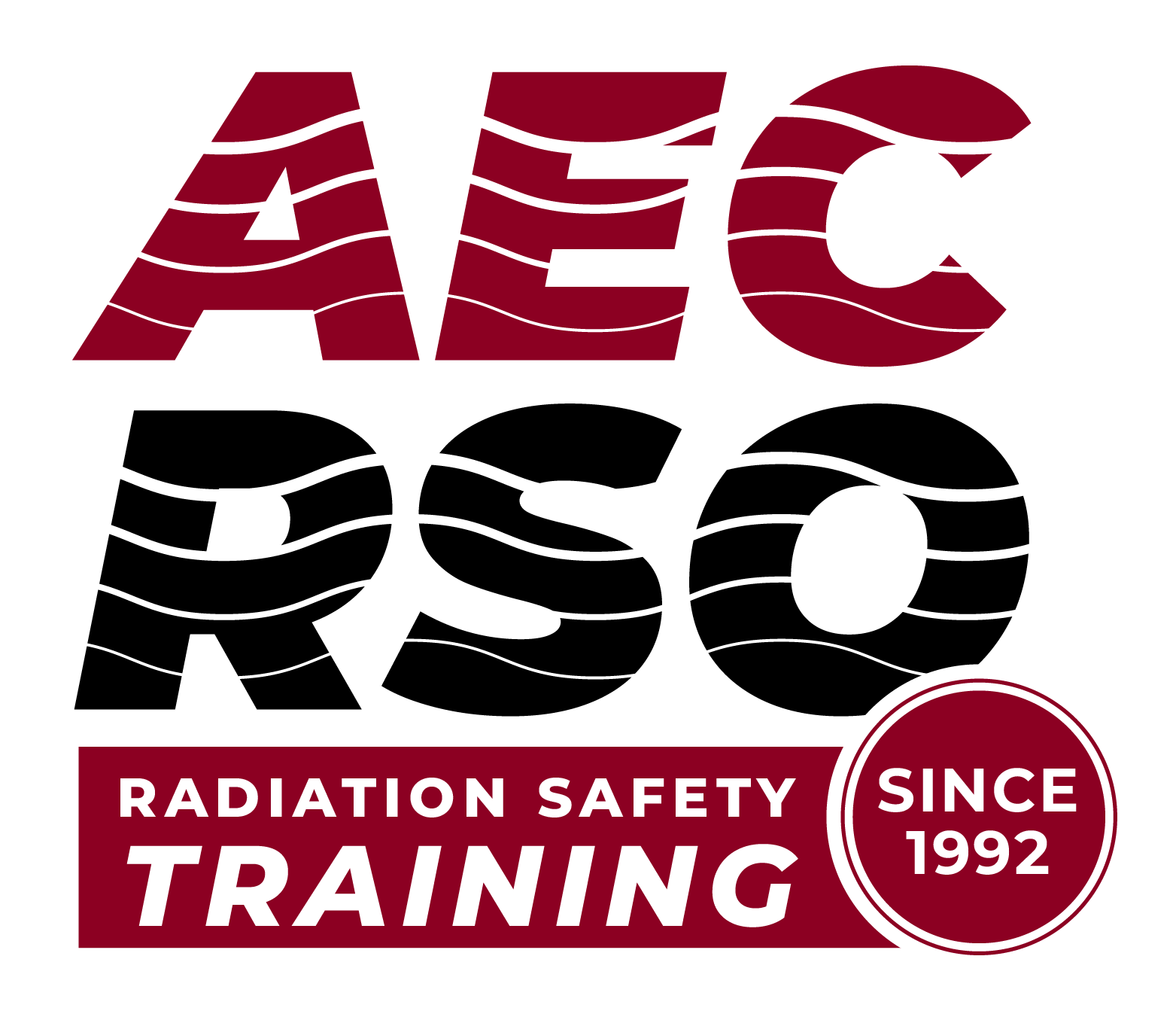TOPIC 2: Atomic Structure
Let’s continue reviewing radiation fundamentals by talking about atomic structure.
—
With all our advances in science, we still cannot see the actual atom. There are lots of theories on how it looks, but there is no proof. Neils Bohr hypothesized as to the structure generally accepted today that an atom has a central nucleus containing protons and neutrons with electrons that orbit around the nucleus. As long as there are the same number of orbital electrons as there are protons in the nucleus, the atom is chemically stable. We’ll find out more what that means in just a few minutes. While the number of protons determine the chemical properties, we will soon learn that the number of neutrons determines if the atom is radioactive or not.
—
Protons are positively charged. They reside in the nucleus of the atom. The number of protons in the nucleus determines the type of element. When chemists talk about atoms, they talk about the Atomic Number which is the number of protons in the nucleus.
If the number of electrons orbiting the nucleus is the same as the number of protons in the nucleus, the atom will not have a charge.
—
Scientists were able to group elements by their Atomic Numbers. Scientists found certain elements acted the same as other elements. That is how our period table was created.
How do we read this periodic table? There is a number and then one or two letters. The number is the Atomic Number, which is the number of protons in the nucleus. The letter is the chemical designation. Atomic Number 1, which means there is one proton, is Hydrogen. Atomic Number 92 is Uranium. Then there are some that don’t seem to make sense. For instance, Atomic Number 11 lists Na. But Na stands for Sodium. Atomic Number 19 lists K, but K stands for Potassium.
The Atomic Number is also referred to as the “Z” number which means the number of protons in the nucleus. High-Z number would mean an atom like Atomic Number 82 which lists Pb. Pb is another of strange names elements because Pb is actually just Lead.
The radioisotopes with Atomic Numbers greater than 92 (which is Uranium) are called Transuranics, meaning “beyond Uranium.” Transuranics are all man-made.
—
Neutrons have no charge. They are neither positive nor negative. What is interesting to note is that the weight of the neutron is very close to the weight of the proton and electron. So what happens when you put a positively charged particle next to a negatively charged particle, they cancel each other and you have no charge. So the neutron is conceptually a proton and a neutron combined.
We have another term we can discuss, the Atomic Weight. We know the weight of the neutron is very close to that of the proton. That Atomic Weight is the number of Protons plus Neutrons. That becomes very important to us later when we want to determine the radioactive characteristics of an atom. A different number of neutrons in a nucleus of a same element would be an isotope of that element.
—
Electrons are negatively charged particles. They rotate around the nucleus that contains the proton and neutron much like our moon travels around the Earth. They stay in orbit by a delicate balance between being thrown off by centrifugal forces and being pulled into the nucleus by the strong positive charge of the protons. If the number of electrons is the same as the number of protons, then the atom has no charge and is chemically balanced.
—
Atomic Weight
Protons and neutrons together make up the nucleus.
Protons plus neutrons equal the ATOMIC WEIGHT of the atom.
Isotopes can be identified by the ATOMIC WEIGHT or their mass number.
—
The Atomic Weight becomes the total number of protons and neutrons in the atom. Here is an example of Hydrogen. Besides the number of neutrons, what is the difference between these isotopes? One is radioactive.
The Atomic Weight becomes the total number of protons and neutrons in the atom.
—
For example, Thorium-232 is a radioactive material that is present in nature. Thorium has 90 Protons in its nucleus. The 232 is the atomic weight which is the number of Protons and Neutrons. If there are 90 Protons, then there must be 142 Neutrons. An isotope of Thorium is Thorium-234. While there are still only 90 Protons in the nucleus, there are now 144 neutrons. Does this really matter? Greatly. They are both radioactive. But the rate in which these two elements decays is different as well as their type of emissions as they decay.
—
To characterize all radioisotopes, the Periodic Table is broadened into the total Chart of the Nuclides. An excerpt shows the relationships between isotopes. When looking at this example we see Cesium-137, which has a “Z” number of 55 and 82 neutrons for a total atomic weight of 137. Cesium-137 decays with a gamma, but also a beta. The beta has a negative charge being emitted from the nucleus. What makes this an interesting relationship is the beta particle that is emitted “changes” a neutron into a proton. The atomic weight (sum of neutrons and protons) remains the same while the Atomic Number (number of protons) increases by one, thus, changing the element to barium 137. Barium 137 happens to have the same energy of gamma as the cesium 137. So, if we say that we are “seeing” cesium 137, it really is a combination of cesium-137 and barium-137.
The Chart of the Nuclides shows all the known isotopes. The chart identifies the isotopes that are radioactive or stable, the types of radioactive emissions, energies of those emissions, its half-life, and the abundance of the types of emissions. Each isotope my have multiple types of emissions. It also provides the relationships between these emissions and the “daughter” or resultant nuclides.
